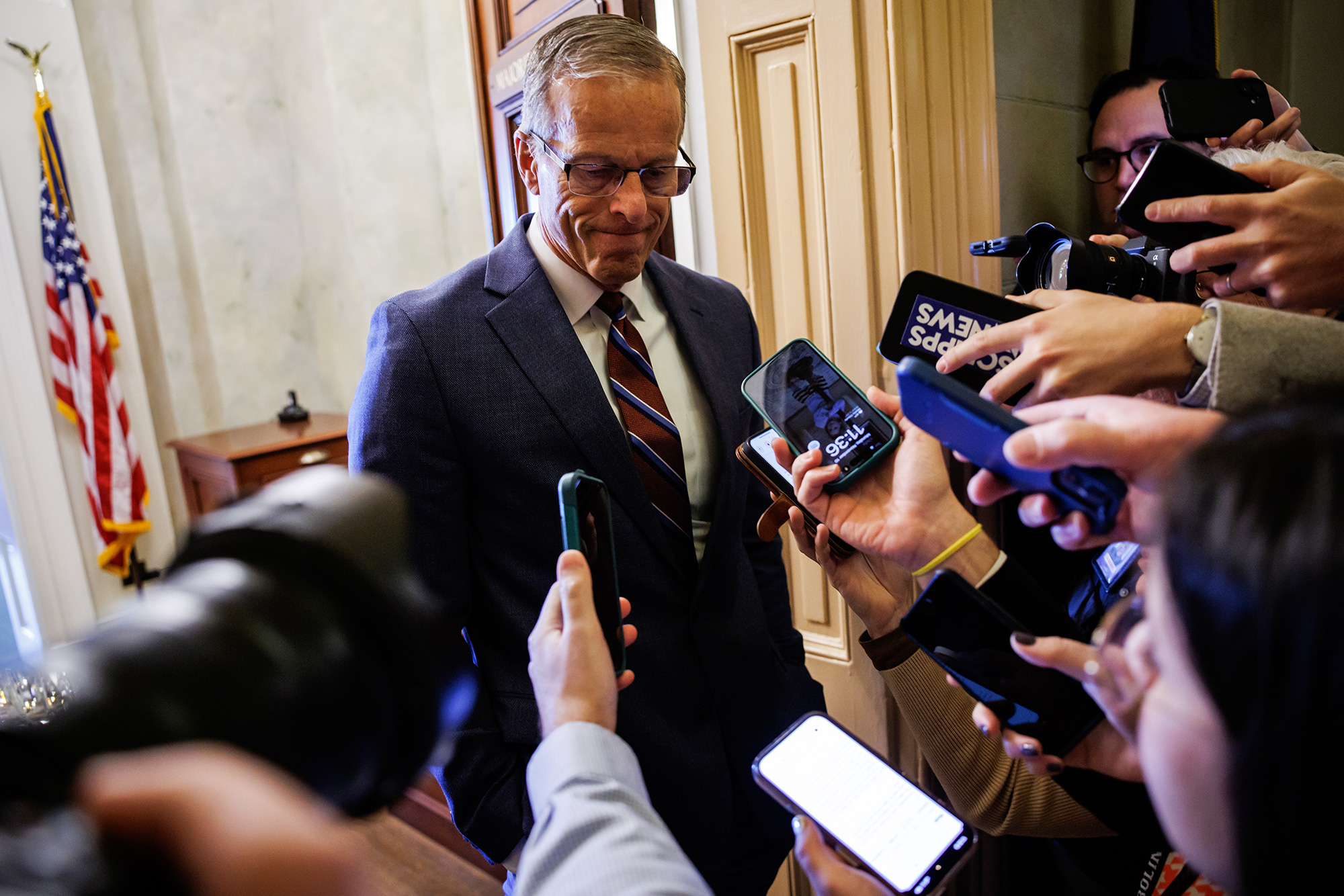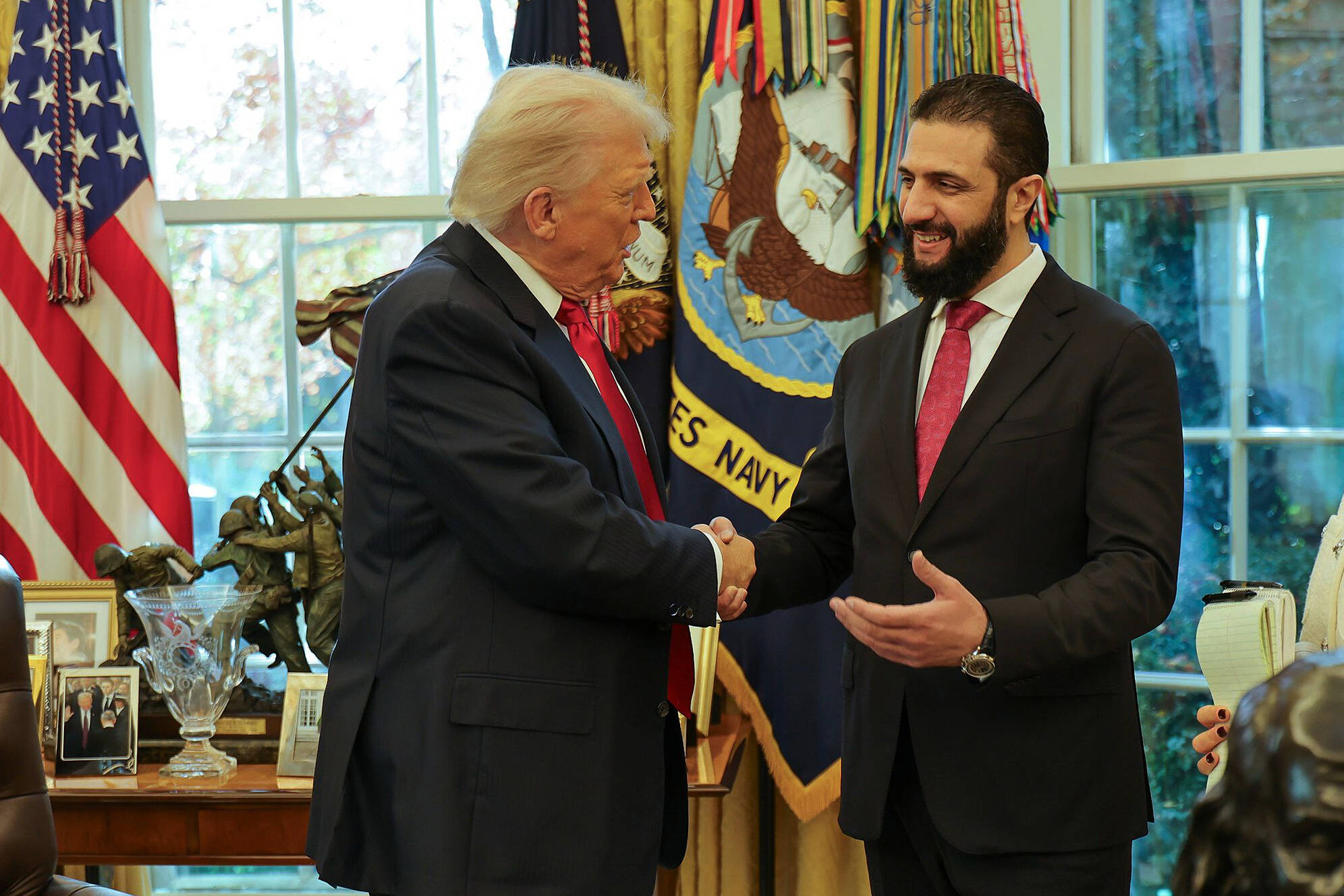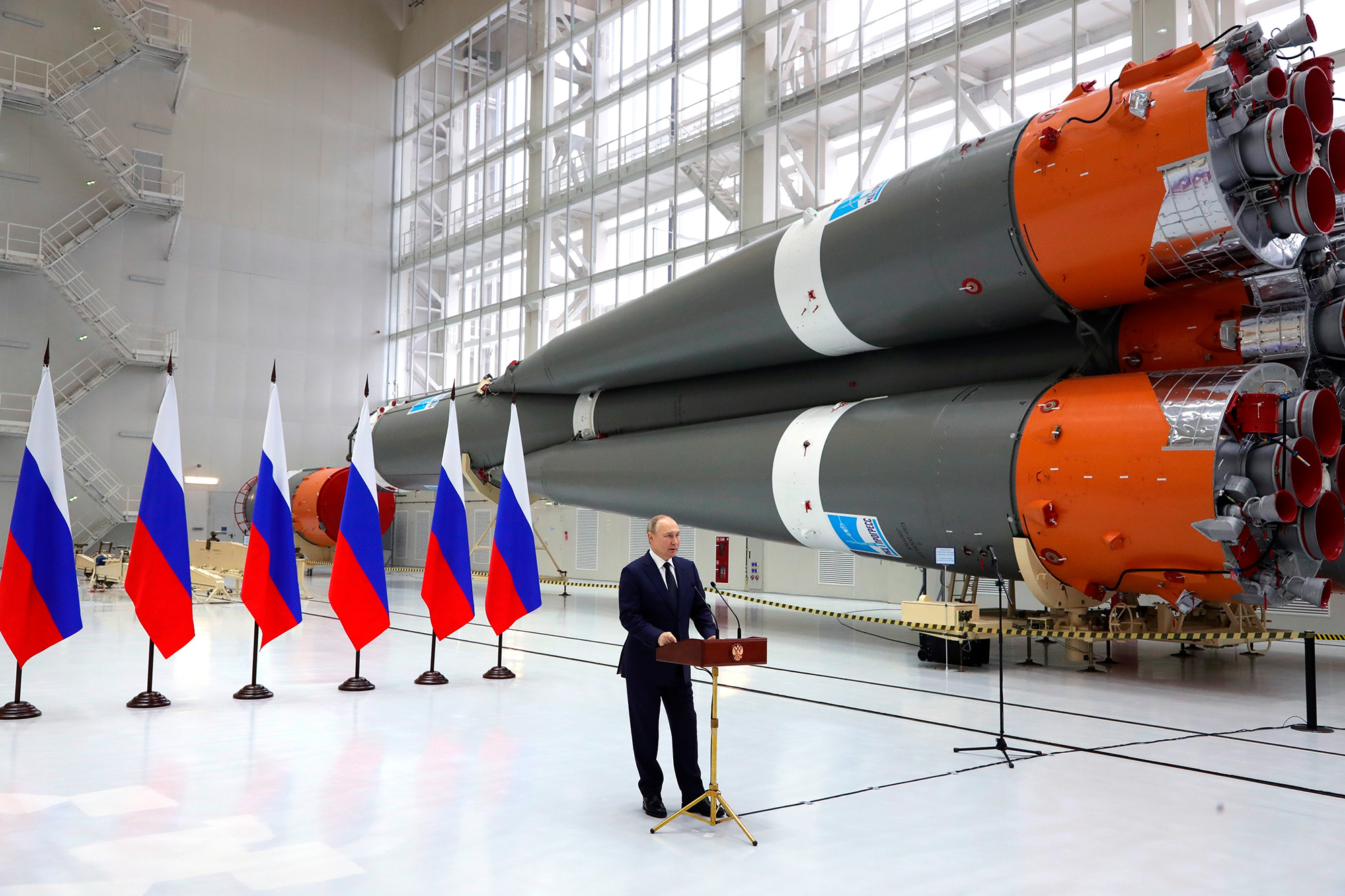There are over 12,000 nuclear warheads worldwide amid rising geopolitical tensions
As the U.S. and Iran resume high-stakes negotiations over Iran’s nuclear program, the stakes are not just regional, they are global. It’s worth revisiting why the nuclear weapons are so dangerous and how a single detonation could change life as we know it.
The Catastrophic Power of Nuclear Weapons
One nuclear bomb can destroy an entire city. The bombings of Hiroshima and Nagasaki in World War II killed between 110,000 and 210,000 people, and those were weapons built nearly 80 years ago. Today’s nuclear warheads are far more powerful. A single U.S. nuclear-armed submarine now carries weapons with seven times the explosive force of all bombs used in World War II combined.
The Global Arsenal Is Still Huge
As of 2024, there are about 12,100 nuclear warheads in the world, down from a high of about 70,000 in 1986. The United States and Russia hold the vast majority, but nine countries in total possess nuclear arms. Roughly 9,585 of those warheads are in military stockpiles, ready for possible use. The others have been retired from military service and are in the process of being disarmed. Thousands are on high alert, capable of launching within minutes.
What a Nuclear War Could Look Like
The immediate human toll would be staggering. A Princeton simulation of a full-scale U.S.-Russia conflict in 2019 projected 34.1 million deaths and 57.4 million injuries within hours. Millions more would die from radiation poisoning. A more “limited” war, say between India and Pakistan, could kill 12 million people instantly, injure millions more, and plunge the world into climate chaos.
If enough nuclear weapons were used, it could threaten all life on Earth. Even using less than 1% of the global arsenal could block sunlight, lower temperatures, and collapse food systems, creating a “nuclear famine” that could put up to two billion people at risk of starvation.
Environmental Fallout That Transcends Borders
An average nuclear detonation—such as a 10-kiloton (kt) ground burst—would create a blast wave that destroys almost everything within about 0.5 to 1 mile (0.8 to 1.6 km) of ground zero, with severe structural damage extending up to 1.7 miles (2.7 km). Beyond the immediate blast radius of a bomb, radioactive fallout spreads. It does not stay within national borders. For larger weapons, such as a 1-megaton ground burst, lethal fallout can extend 20–25 miles downwind, with hazardous contamination possible for hundreds of miles, especially in the direction of prevailing winds. A single explosion could contaminate entire regions, destroy ecosystems, and trigger long-term health crises, including cancer, genetic mutations, and birth defects. Already, atmospheric nuclear tests from 1945 to 1980 are projected to cause 2.4 million cancer deaths worldwide.
Nuclear Modernization and Rising Tensions
Global nuclear spending hit $91.4 billion in 2023, with the United States alone accounting for $51.5 billion. While some of this spending is non-military causes like nuclear safety and modernization, all nine nuclear-armed countries are preparing their arsenals for potential future conflict. Some are developing smaller, more “usable” tactical nuclear weapons with limited fallout and impact areas of only a few city blocks, raising the risk that future conflicts – or even the war in Ukraine – might actually involve their use.
The Consequences of an Iranian Bomb
If Iran obtains a nuclear weapon, it could fundamentally alter the strategic balance in the Middle East. U.S. officials worry that a nuclear-armed Iran would feel emboldened to act more aggressively in the region, supporting proxy groups and challenging rivals like Israel, while feeling shielded from direct retaliation due to its nuclear deterrent. A nuclear Iran would also likely trigger a cascade of proliferation across the Middle East. Key U.S. partners, especially Saudi Arabia, have made clear they would feel compelled to pursue their own nuclear weapons to counterbalance Iran’s new capabilities. This could lead to a dangerous arms race.
The Bottom Line
Nuclear weapons are not just a Cold War relic relegated to the likes of Fallout. They are an urgent, modern threat. Preventing their spread, especially to unstable and hostile actors like Iran, is one of the few bipartisan national security priorities that still matters.
Related
Sam Zickar
Sam Zickar is Senior Writer at No Labels. He earned a degree in Modern History and International Relations from the University of St Andrews and previously worked in various writing and communications roles in Congress. He lives in the Washington, D.C. area and enjoys exercise and spending time in nature.




